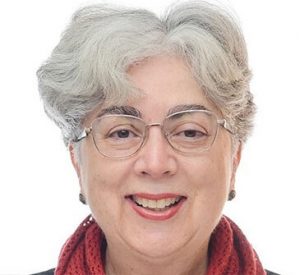One in Four are at Risk of Hunger

It’s rare for us to see starvation in our community, but hunger is all around us. Hunger means a child doesn’t eat breakfast, or a senior goes without dinner so they can fill their prescription. Workers making minimum wage look for 99-cent specials at fast food restaurants.
One in four people in Santa Clara County are at risk of hunger, according to the latest Hunger Study released by Second Harvest Food Bank. Day after day, our lobby is filling up with families and children coming in for financial assistance. The lines for seniors and families to pick up groceries are getting longer. For the past year, we’ve been distributing bread three mornings a week. When someone walks half a mile from the bus stop just to get a loaf of bread, you know they are hungry.
Last year, we received a record amount of food donations valued at $1.5M. But what is scary is that the amount of food we expect to receive this year is actually going down due to cutbacks in USDA food programs. SCS buys food to supplement donations we receive from Second Harvest Food Bank and community food drives. We purchase protein-rich foods such as peanut butter, “meals in a can,” and tuna. We’ve had to increase our food purchases by 9% in one year, as families come more frequently to our food pantry.
When someone walks half a mile from the bus stop just to get a loaf of bread, you know they are hungry.
How do you measure hunger?
The headlines are shocking. Poverty in California measured by national levels is at an 18- year high of 16.3%. That’s a family of four making less than $22,113 a year.
The Federal Poverty Level determines how government funding is allocated for many public programs such as Food Stamps. But it only measures the cost of a food basket to meet minimal nutritional needs, and doesn’t account for other costs such as rent, health care, or transportation. Many low-income families in the Bay Area make too much according to the Federal Poverty Level, but they are hungry and struggling with bills every month.
A study released in October by the Insight Center for Community Economic Development showed that the costs of very basic needs—food, rent, utilities, child care, health care, transportation, and taxes—went up 18.9% over three years in the Bay Area. A family of four in the Bay Area now needs $83,640 a year to get by, while minimum wage is stagnant and unemployment persists. You can view the data online at www.insightcced.org.
SCS is working hard to meet the growing need for nutritious food and financial aid in our community. Thank you for your continued support as we work to help our families and seniors in need in Sunnyvale.
 Marie Bernard
Marie Bernard
Executive Director, Sunnyvale Community Services
